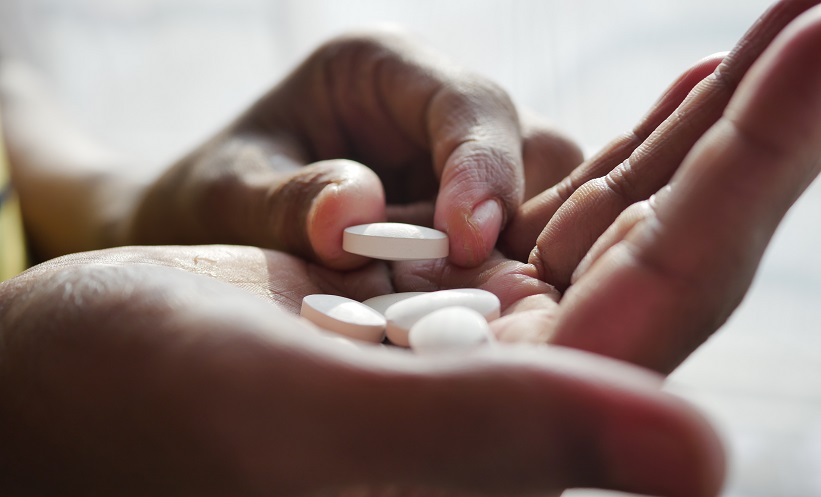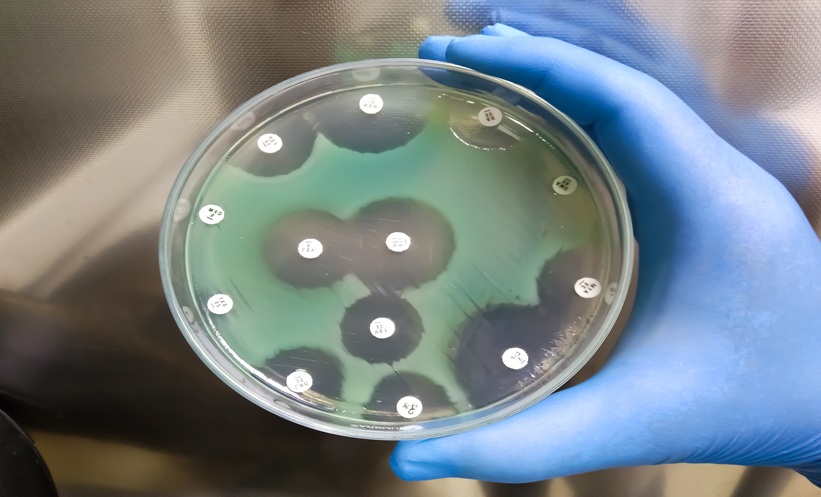Nicola Rose | Head, Virology Division, the National Institute for Biological Standards and Control (NIBSC), an Expert Centre of the UK’s Medicines and Healthcare products Regulatory Agency (MHRA)
After your PhD in human molecular genetics, what drew you to studying retrovirology in your post-doctoral position at the University of Cambridge?
I was towards the end of writing my PhD thesis and looking at post-doctoral research positions but keeping my focus on the genetics field; there were some really interesting research posts available in excellent academic departments. However, one advert caught my eye, namely the post in Cambridge, studying pathologies associated with infection by a human retrovirus. When I had the opportunity to attend interview and hear more about the proposed project and the work in the research group, my interest was kindled. I made my mind up on the day to accept the post if it were offered. The group in Cambridge provided a superb environment for research. It brought me into contact with brilliant scientists and presented many opportunities for collaboration. My years in Cambridge provided a great stepping-stone to my subsequent position and proved that a PhD does not have to define a career path into any one field of study.
You have been at the National Institute for Biological Standards and Control (NIBSC) for 20 years and worked on different programmes. What has been the most rewarding project so far?
In the time I have been at NIBSC, I have been involved in various programmes of work, each with its own rewarding outcomes. It is satisfying when projects bring together many international expert partners such as those who develop biological standards supporting disease diagnostics or vaccine development. Standards for Ebola and severe acute respiratory syndrome coronavirus 2 (SARS-CoV-2) RNA in response to health emergencies, for example, required a rapid response from our teams. Our global partners assisted in sourcing biological materials and scientists at the NIBSC developed further materials using their own expertise. Laboratories across the world commit their time, resources, and skills to evaluate the samples we send them so that the most appropriate material can be proposed as a calibrated standard. These projects are truly international. Contributing to these programmes has a direct impact on patients and the public, the people who are relying on accurate diagnoses or availability of vaccines.
As you are involved in the quality assessment of vaccines, could you tell us the different standards that a vaccine has to meet in order to be approved for emergency use?
The regulatory agencies undertake thorough assessments of safety, efficacy, and quality data from clinical trials, which inform the decision whether to approve a vaccine for use.
If approved, the product itself is subject to testing before being used clinically. Vaccines are produced in large batches, each of which requires a series of checks before being placed on the market. The vaccine manufacturer performs an extensive range of tests on each batch. A condition of approval for use in an emergency might include assessment through an independent medicines control laboratory, such as the NIBSC in the UK. This assessment can include tests of the key parameters of the product, for example its identity and its potency as an independent verification of the biological quality for that batch of vaccine. Provided the laboratory assessment test results meet the specifications for the product as agreed through the regulatory approval process, and it is confirmed that the manufacturer’s own tests have been satisfactorily completed, the individual batch can be certificated by the independent laboratory. Subsequently, the manufacturer completes its steps to release that batch to the market.
One of your research interests is RNA viruses, such as coronaviruses. How much did we already know about such viruses before the SARS-CoV-2 outbreak?
Coronaviruses are a family of viruses that, for the most part, cause mild to moderate illness in the upper respiratory tract of humans. The existence of the viruses has been known for decades and they have been studied widely. However, there is a large number of coronaviruses that circulate in animals and sometimes spill-over into humans and cause disease. To date three coronaviruses have been identified that cause serious, sometimes fatal, human disease. Severe acute respiratory syndrome coronavirus emerged in 2002, causing the first pandemic of the 21st century. The disease severely affected the Asia Pacific region and had a fatality rate of about 10% in the approximately 8,000 documented cases. The virus has not been seen clinically since 2004. Middle East respiratory syndrome, caused by the Middle East respiratory syndrome coronavirus, was first reported in 2012. There are still occasional outbreaks. and the virus has a case fatality rate of about 35%. SARS-CoV-2, the virus that causes COVID-19, is the third coronavirus to emerge this century and was declared a pandemic in 2020.
In May 2020 you were involved in producing a new biological reagent that helps develop accurate diagnostic tests for COVID-19. Could you tell us how this works?
It was clear in the early weeks of the SARS-CoV-2 outbreak that reagents to aid the diagnostics and research and development communities would be needed. We developed a non-infectious material that could be used as a positive control for systems to detect the presence of the virus. We also produced an antibody material from convalescent plasma that could be used as a positive control for the development and evaluation of serological assays that detect the presence of antibodies against SARS-CoV-2. A positive control is included in tests by means of a sample that contains a known amount of the coronavirus genetic material. This acts as a confirmatory sample that assures the test is working correctly giving greater assurance for the operator that the test outcome is valid. The development of these materials was a prelude to the production of formally established calibrated standards and reference materials that the NIBSC produced later in 2020, with the input from international collaborating laboratories.
You wrote a commentary in June 2020 about the importance of biological standards in the development of diagnostic tests. How does this relate to the reagents that were made?
One of the reference standards indicated above is designed to provide robust, reliable molecular diagnostic assays. The NIBSC is one of a group of World Health Organization’s (WHO) collaborating centres for biological standards and has a long-term programme to develop WHO International Standards, which are calibrated in international units. SARS-CoV-2 is just one of many viruses that have emerged over the years where working with the virus requires high biocontainment. To support laboratories undertaking diagnostics or developing vaccines, producing non-infectious materials that are safe to use is important. We had previously produced such standards for the measurement of Ebola virus by nucleic acid tests. The role of the International Standard is to harmonise this measurement. By calibrating a clinical laboratory’s data against the International Standards, variability in assay results between laboratories is considerably reduced. This is important for accuracy of patient diagnosis as well as those tests being used to analyse clinical trials.
You are also involved in quality control testing of products used in childhood vaccination programmes. How have these been affected by the COVID-19 pandemic and the roll-out of COVID-19 vaccines?
The role of the NIBSC’s independent batch release activity covers vaccines that are used in routine immunisation programmes, including those for children. All of these vaccines are still required to prevent the resurgence of controlled viral and bacterial disease, and thus the quality assessment has continued to support their supply and public health. New vaccines are made available periodically and medicines control laboratories such as the NIBSC apply their scientific and regulatory expertise to establishing appropriate quality tests to verify the quality of the product and support deployment of the new products. The COVID-19 vaccines, while addressing a new disease, add to the considerable specialist expertise the NIBSC has across a wide range of pathogens and vaccines.








